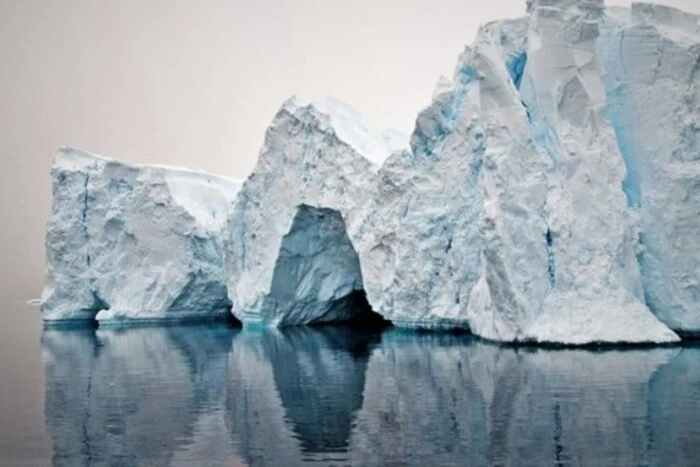The Earth's sea ice extent has reached a historic minimum.


Against the backdrop of warming air and water, as well as increasing storms, the sea ice extent has reached a historic minimum. According to the National Snow and Ice Data Center of the USA, as of February 16 this year, the sea ice extent in the Arctic and Antarctic has decreased to 15.86 million sq. km, which is less than two years ago.
This situation affects animals, especially penguins and polar bears, who rely on ice for breeding and hunting respectively. Additionally, the melting of ice leads to further warming of the planet and an increase in the number of catastrophes.
According to Copernicus, 2024 was the hottest year in 175 years, confirming the progressing global warming. There is a threat that Arctic sea ice could completely melt earlier than anticipated, possibly as soon as 2027, which is significantly earlier than the established timeline.
Read also
- Scandal with Hysakov: Activist Reveals the Origin of Millions of Dollars in His Cryptocurrency Wallets
- A man died in the TCC in Lviv region
- Right about the prostitution case of minors. The name of the oligarch Deripaska has disappeared from the indictment
- Deputy Commander of the Azov Regiment spoke about the meeting with Medvedchuk
- The more rigorously the TCC and SP work, the more people I have – deputy commander of the Azov regiment
- SMA activist Nazariy Husakov comments for the first time on fraud allegations










